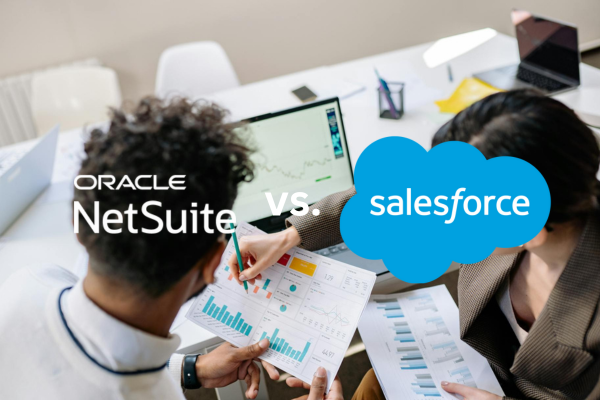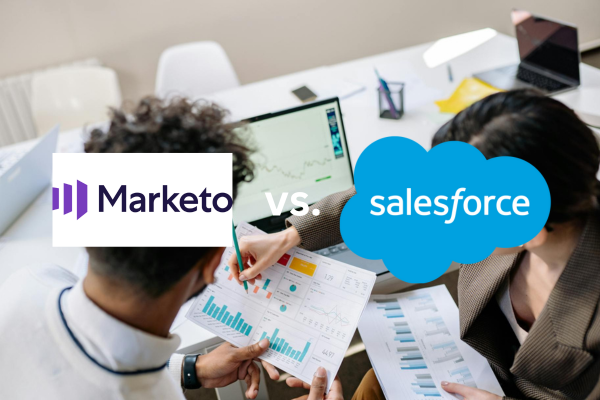Nonprofits have done a more-than-admirable job of serving their beneficiaries throughout recent times of crisis. Traditional funding channels made every effort to expand emergency relief, donating more than 20 billion globally to organizations on the ground. Moreover, despite two out of every three volunteers having to work remotely throughout the COVID crisis, they continued to donate their time alongside in-person staff. Through one of the most dangerous and uncertain times in recent memory, nonprofits rolled up their sleeves and continued to aid severely impacted communities.
The positive impact nonprofits have made during these trying times is a testament to the steadfastness of the human spirit. Yet, crises like the COVID pandemic, natural disasters, and, more recently, the Ukraine war have put substantial pressure on nonprofits, straining vital resources.
For example, at the outset of the pandemic, organizations faced significant funding and staffing challenges due to increased demand. While such challenges have stabilized to an extent, 61% of organizations still face operational disruptions. When the conflict in Ukraine began, nonprofits cooperated globally to provide aid, rallying quickly despite the strain caused by the pandemic. Yet, nonprofits who answered the call were forced to rely on already thoroughly tapped resources, which led to a funding plateau amid a severe refugee crisis.
Entering 2023, nonprofits face a host of persistent challenges that, despite considerable alleviation efforts, continue to wear nonprofits and their donors thin. This is especially true for those operations that communities tend to rely on most in times of turmoil, such as food banks and shelters. New obstacles cresting the horizon include increasing inflation, economic instability, and a rise in natural disasters – all of which loom as nonprofits plan for the year ahead.
Needless to say, nonprofit organizations of every size and type are working on solutions to combat the coming instability. 74% of small to mid-range nonprofits rank finding new sources of revenue as a top priority in 2023, as they seek to become less reliant on the traditional funding pools that they have had to draw so much from. Yet, these efforts provide limited support; funding diversification cannot fully address the underlying issue nonprofits face: unpredictability.
Funding unpredictability makes adapting to sudden change challenging for nonprofits
Uncertainty is inevitable in the nonprofit sector. It’s intuitive — organizations can’t predict when a disaster will arrive, how much they’ll receive from donors, or how they will need to allocate their resources to meet challenges. Gerent’s Sales Director of Nonprofit, Brittany Lewis, spoke to the challenges posed by tumultuous times in an interview:
“In uncertain times, forecasting giving can be challenging,” Lewis explained, “as numerous unpredictable variables can impact their finances. Nonprofits rely on funding from various sources, such as donors, partners, and government organizations, to support their mission-critical work – and rising costs due to inflation can make it harder for them to do more with less. If funding decreases, it can put nonprofits in a difficult situation and threaten their ability to achieve their goals and maximize their impact.”
It’s not all doom and gloom, as 2022’s Giving Tuesday raised about 3.1 billion for nonprofits. However, nonprofits can’t guarantee they will receive a similar influx of donations next year or the years after that. As funding ebbs and flows, nonprofits must react accordingly and adapt swiftly to stretch each dollar for maximum impact. Proactive and strategic planning is necessary for nonprofits’ ability to serve their constituents while remaining nimble to meet the depends on the whims of an ever-changing world.
In short: economic and political headwinds could very well impact fundraising in 2023, though there’s no definitive way to tell how much. Which raises a related concern: how can nonprofits best position themselves for success in the new year so they can continue their good work?
The search for a solution: forecasting, operational efficiency, and maximizing spend
In the new economy, data and the insights we derive from it are paramount for organizations across industries - including nonprofits. If nonprofits want to better prepare themselves for unprecedented challenges while continuing to build trust with their constituents, they need not only to collect data, but also make use of it to help inform decision-making. A recent study has shown that while 90% of nonprofits collect data, less than 40% use this data to make decisions. Insights from data collected and the use of analytics tools will allow organizations to mitigate uncertainty through more accurate forecasting and streamlined operations, thus providing a more agile response to changing market conditions
To that end, organizations must pursue greater visibility into their organizations’ operations and the wider market. The demand to remain competitive and relevant lies in an organization’s ability to derive donor-centric analytics from data. These insights can highlight organizational inefficiencies, measure impact while capturing donor interests to improve outreach, and grow fundraising while remaining nimble to global market shifts.
Digitalization can provide a significant value-add for nonprofits, as solutions like Salesforce for Nonprofit lighten the lift of data collection and analysis. Organizations can leverage Salesforce for Nonprofit to improve forecasting, facilitate fundraising, simplify grantmaking, and streamline operations throughout the business. These functions, while essential for building resilience and driving efficiency, are the baseline and not the limit of the solution’s capabilities.
For nonprofits, the value-add of this Salesforce solution is the ability to leverage data for a donor-centric approach – or, put another way, deriving insights from data that allow nonprofits to nurture donor relationships. With Salesforce for Nonprofit, organizations can deliver impact metrics and relevant program information to donors, communicate with them through the channels of their preference, and share impact metrics in real-time. These essential functions help nonprofits build mutually beneficial relationships with their donors on a foundation of visibility. Moreover, with Salesforce’s ability to pinpoint opportunities, organizations can identify and develop opportunities for new revenue streams while maintaining existing relationships.
“It’s all about supporting nonprofits, especially through their toughest times,” Lewis concluded. “Digitalization can help nonprofits establish a foundation that helps operations run smoothly under high pressure, allowing them to efficiently meet the needs of the communities who count on them while elevating fundraising efforts through a curated donor-centric approach.”
If you’re interested in seeing how increased insight can prepare your nonprofit for the tough times ahead, give us a call to speak with one of our professionals.










